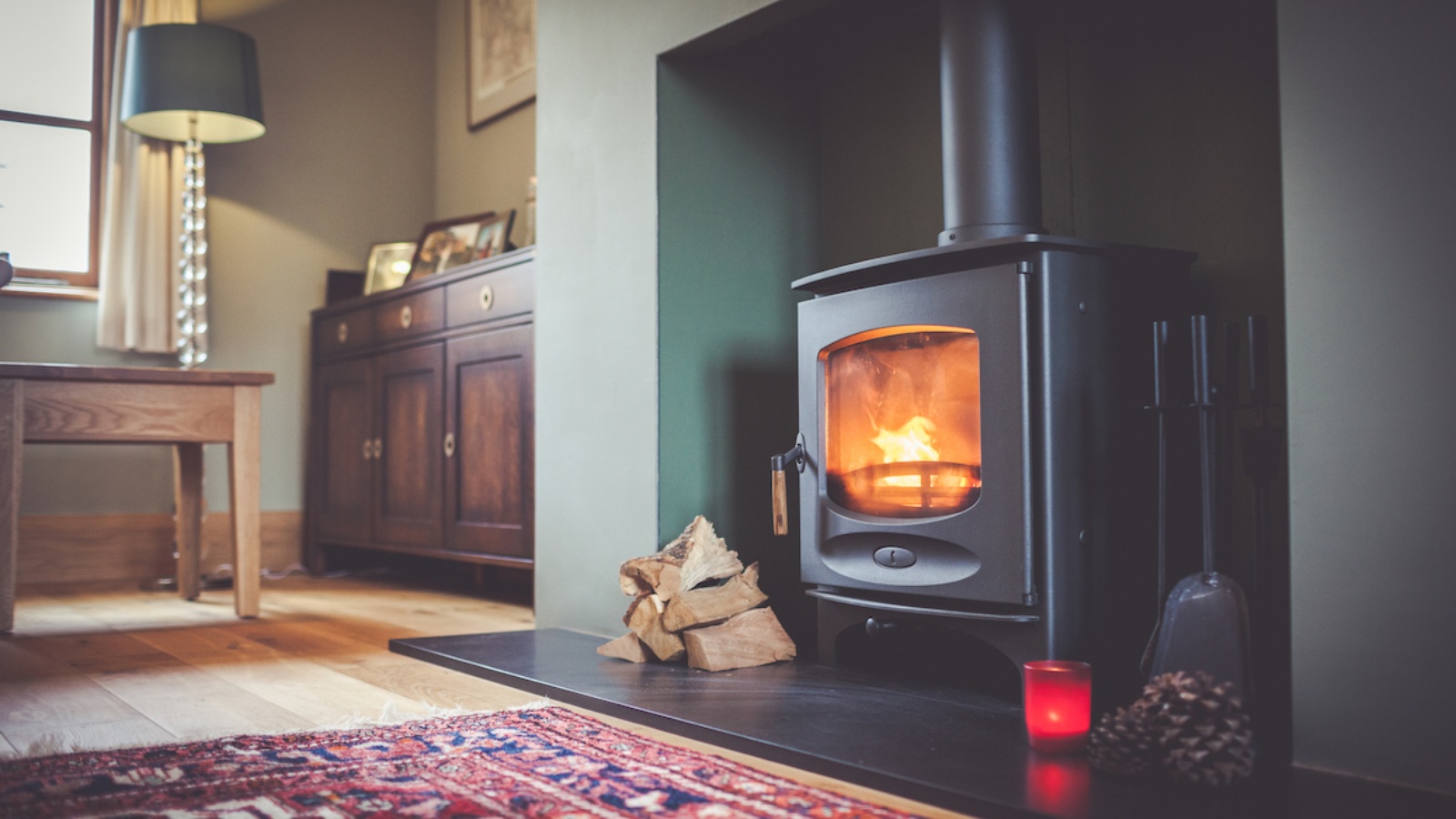

Articles
What Is A Flue On A Fireplace
Modified: January 18, 2024
Learn all about the flue on a fireplace in this informative article. Find out what it is, how it functions, and why it's important for proper fireplace operation.
(Many of the links in this article redirect to a specific reviewed product. Your purchase of these products through affiliate links helps to generate commission for Storables.com, at no extra cost. Learn more)
Introduction
A fireplace is a beloved feature in many homes, providing warmth, ambiance, and a focal point for gatherings. However, behind the beauty and comfort of a fireplace lies an essential component known as the flue. The flue plays a crucial role in safely venting smoke and gases out of the home while maintaining efficient airflow. In this article, we will explore the definition, function, types, components, and maintenance of a fireplace flue.
Whether you own a traditional wood-burning fireplace or a modern gas fireplace, understanding the flue is essential for safe and efficient operation. So, let’s delve into the fascinating world of fireplace flues.
Key Takeaways:
- The fireplace flue is essential for safely venting smoke and gases out of the home while regulating airflow. Regular maintenance and inspections by professionals are crucial to ensure optimal performance and safety.
- Understanding the different types and components of fireplace flues is vital for homeowners. Proper maintenance, including annual inspections and professional cleaning, is necessary to prevent common issues and ensure safe and efficient operation.
Read more: How To Open The Flue Of Your Fireplace
Definition of a Fireplace Flue
A fireplace flue is a passage or opening that allows smoke, gases, and byproducts of combustion to escape from a fireplace or stove and safely exit the home. It is an integral part of the chimney system and serves as a conduit for directing the exhaust gases outdoors.
The flue is typically made of a fire-resistant material such as clay, tile, metal, or a combination of these. It is strategically positioned within the chimney to ensure that smoke and other harmful emissions are effectively removed from the living space.
Flue size and construction can vary depending on the type of fireplace or stove. For wood-burning fireplaces, the flue is usually larger due to the higher quantity of smoke and gases produced. Gas fireplaces, on the other hand, require smaller flue sizes since they produce cleaner combustion byproducts.
It’s important to note that the flue is not the same as the chimney. The chimney refers to the entire structure that encloses and supports the flue, while the flue is the specific passage within the chimney that facilitates the exhaust of gases.
Without a properly functioning flue, the emissions from a fireplace or stove could enter the living space, posing health risks due to the inhalation of smoke and toxic gases. Additionally, a malfunctioning or blocked flue can lead to poor ventilation, reduced efficiency, and potentially dangerous situations.
Function and Importance of a Fireplace Flue
The primary function of a fireplace flue is to safely and efficiently remove smoke, gases, and byproducts of combustion from the fireplace or stove and redirect them out of the home. When a fire is burning, it produces a significant amount of smoke and toxic fumes that can be harmful if released into the living space.
By providing a clear pathway for these emissions, the flue ensures that they are directed upward and out of the house. This helps maintain good indoor air quality and prevents the accumulation of dangerous gases such as carbon monoxide.
In addition to its venting function, the flue also plays a crucial role in regulating the airflow within the fireplace or stove. When the fire is burning, the hot air rises and creates a draft. This draft pulls in fresh air from the room, providing oxygen to the fire and allowing for efficient combustion.
The flue helps control this draft by allowing the heated air to rise and exit while drawing in cooler air from the room. This ensures that the fire burns optimally and reduces the chances of smoke spillage or backdrafts.
Furthermore, proper venting through the flue enhances the overall efficiency of the fireplace or stove. When the exhaust gases are effectively removed, the heat generated by the fire is retained in the room, providing warmth and comfort. This also prevents the buildup of soot and creosote, which can reduce the efficiency of the fireplace and pose a fire hazard.
The importance of a well-maintained and functioning fireplace flue cannot be overstated. It not only ensures the safety of occupants by directing harmful emissions out of the home but also contributes to the overall performance and longevity of the fireplace or stove.
Without a properly functioning flue, the fireplace can become inefficient, prone to smoke issues, and potentially dangerous. Therefore, regular inspections, maintenance, and cleaning of the flue are essential to ensure its optimal performance and the safe operation of the fireplace.
Types of Fireplace Flues
Fireplace flues come in various types, each designed to suit different fireplace systems and fuel types. Understanding the different types of flues can help homeowners select the appropriate one for their fireplace setup. Here are the most common types of fireplace flues:
- Masonry Flue: This type of flue is constructed using brick or stone within a masonry chimney. It is typically rectangular or square in shape and is lined with fire-resistant materials such as clay tiles. Masonry flues are durable and can withstand high temperatures. They are commonly used in traditional wood-burning fireplaces.
- Clay Tile Flue: Clay tile flues are a specific type of masonry flue that consists of individual clay tiles stacked and sealed together. These tiles create a smooth inner surface to achieve better airflow and insulation. Clay tile flues are commonly found in older homes with masonry chimneys.
- Stainless Steel Flue: Stainless steel flues are most often used in modern fireplace installations. They consist of a metal pipe that is corrosion-resistant and has excellent insulation properties. Stainless steel flues are suitable for both wood-burning and gas fireplaces and offer flexibility in terms of installation.
- Cast-in-Place Flue: Cast-in-place flues are created by pouring a special refractory mortar mixture into a form within the chimney. This method is used to create a custom-sized flue that perfectly fits the specific fireplace or stove. Cast-in-place flues are known for their durability and efficiency.
- Double-Walled Flue: Double-walled flues consist of two metal pipes, one inside the other, with an air gap between them. The inner pipe carries the exhaust gases, while the outer pipe serves as insulation and keeps the surrounding materials from overheating. Double-walled flues are commonly used with gas fireplaces and provide enhanced safety and efficiency.
It’s important to consult with a professional to determine the most suitable type of flue for your fireplace system. Factors such as fuel type, fireplace design, and local building codes will influence the selection of the flue type.
Regardless of the flue type, regular inspections, maintenance, and cleaning are vital to ensure proper functioning and safe operation of the fireplace. Taking care of the flue will contribute to the longevity and efficiency of the fireplace system while ensuring the well-being of the occupants.
Components of a Fireplace Flue
A fireplace flue consists of several components that work together to safely vent smoke and gases out of the home. Understanding these components is essential for maintaining and troubleshooting the flue. Here are the key components of a fireplace flue:
- Flue Liner: The flue liner is the innermost part of the flue, which comes into direct contact with the exhaust gases. It is typically made of fire-resistant materials such as clay tiles, metal, or a combination of both. The flue liner provides a smooth and insulated interior surface to facilitate proper airflow and prevent the accumulation of soot and creosote.
- Flue Cap: The flue cap is a protective cover installed at the top of the flue opening. It serves multiple purposes, including preventing rainwater, debris, and animals from entering the flue. A well-designed flue cap also helps improve draft and airflow, reducing the chances of downdrafts and minimizing the risk of flue blockages.
- Chimney Crown: The chimney crown is the topmost component of the chimney structure, located above the flue opening. It is typically made of concrete or mortar and serves as a protective barrier against water infiltration. A properly constructed chimney crown helps direct water away from the flue and chimney walls, preventing moisture-related damage.
- Chimney Chase: In some cases, especially in prefabricated fireplaces, a chimney chase is present. A chimney chase is an enclosed structure surrounding the flue, typically made of wood, metal, or masonry. It provides insulation and protects the flue from the elements.
- Flue Damper: The flue damper is a moveable metal plate located within the flue, near the fireplace opening. It serves as a control mechanism to regulate the draft and airflow. When the fireplace is not in use, the damper can be closed to prevent heat loss and the influx of cold air. It is essential to ensure the damper is fully open before starting a fire and to keep it properly maintained for optimal performance.
- Smoke Shelf: The smoke shelf is a horizontal ledge located just above the fireplace opening. Its purpose is to collect and redirect any downdrafts or falling debris away from the flue. The smoke shelf helps improve air circulation and reduces the potential for smoke spillage into the living space.
Understanding the components of a fireplace flue can help homeowners identify potential issues, perform regular maintenance, and address any necessary repairs. Regular inspections by a certified chimney professional are recommended to ensure that all components of the flue system are functioning properly and to address any potential safety concerns.
Make sure to have your fireplace flue inspected and cleaned regularly to prevent the buildup of creosote and other debris, which can lead to chimney fires.
Read more: How To Close The Flue On A Gas Fireplace
How Does a Flue Work?
A fireplace flue is a vital component in the safe and efficient operation of a fireplace or stove. It works by creating a pathway for the smoke, gases, and byproducts of combustion to exit the home while facilitating proper airflow. Here’s a breakdown of how a flue works:
- Venting: When a fire is burning in the fireplace, smoke and gases are produced as a result of the combustion process. Without a flue, these emissions would enter the living space, leading to poor air quality and potential health hazards. The flue provides a direct route for the smoke to escape, redirecting it up and out of the home.
- Draft and Airflow: As the fire burns, the hot air rises, creating a draft within the fireplace or stove. This draft pulls fresh air from the room into the fireplace, providing oxygen for the combustion process. The flue works in conjunction with the draft to regulate the airflow. It allows the hot air and smoke to rise and exit, while drawing in cooler air from the room to sustain the fire.
- Regulating Temperature: The flue also plays a role in controlling the temperature within the fireplace or stove. By adjusting the position of the flue damper, homeowners can control the amount of heat that escapes through the flue. The fully open damper allows for maximum heat transfer into the room, while a partially closed damper retains more heat within the fireplace.
- Preventing Backdrafts: In some cases, especially in high wind conditions, a backdraft may occur, causing smoke to get blown back into the home instead of being directed out through the flue. To prevent this, fireplace flues are designed with features like smoke shelves, which help redirect any downdrafts away from the flue opening.
- Efficiency and Safety: A properly functioning flue contributes to the efficiency of a fireplace or stove. It helps remove the byproducts of combustion efficiently, allowing the fire to burn more cleanly and reducing the risk of smoke spillage or poor ventilation. Moreover, it prevents the buildup of harmful substances such as soot and creosote, which can compromise the safety of the fireplace and potentially lead to chimney fires.
Regular inspection and maintenance of the flue are crucial to ensure its optimal performance. It is recommended to have a certified chimney professional inspect the flue annually and address any issues such as obstructions, creosote buildup, or damaged components. By keeping the flue in good condition, homeowners can enjoy the warmth and beauty of their fireplace while ensuring the safety and comfort of their home.
Common Issues with Fireplace Flues
While fireplace flues play a critical role in venting smoke and gases out of the home, they can experience various issues over time. It’s important to be aware of these common problems to ensure the safety and efficiency of your fireplace. Here are some common issues that can occur with fireplace flues:
- Obstructions: One of the most common issues with flues is the presence of obstructions. Creosote buildup, debris, bird nests, or even fallen leaves can block the flue, preventing proper airflow and venting. These obstructions not only impede the performance of the fireplace but also pose a fire hazard.
- Damaged or Cracked Flue Liner: Over time, flue liners can suffer from wear and tear, leading to cracks or damage. This can occur due to extreme temperature changes, settlement of the chimney, or even moisture intrusion. A damaged flue liner can compromise the integrity of the flue, allowing smoke or toxic gases to leak into the living space.
- Flue Downdrafts: In certain weather conditions, such as strong winds, flue downdrafts can occur. A downdraft happens when wind blows down the chimney, causing smoke to be pushed back into the home. Flue design features, like smoke shelves and chimney caps, help minimize the impact of downdrafts, but it’s important to address and resolve any persistent downdraft issues.
- Improper Sizing: The dimensions of the flue should match the fireplace or stove’s fuel type and size. If the flue is undersized, it can lead to restricted airflow, excessive creosote buildup, and poor ventilation. Conversely, an oversized flue can result in a weak draft, reduced efficiency, and increased heat loss.
- Creosote and Soot Accumulation: Creosote is a byproduct of burning wood, and it can accumulate within the flue over time. If not regularly cleaned, creosote can become a fire hazard and increase the risk of chimney fires. Soot, another byproduct of combustion, can also accumulate and restrict airflow, reducing the overall efficiency of the fireplace.
- Flue Damper Issues: The flue damper controls the airflow and can experience problems such as corrosion, rusting, or getting stuck in one position. A malfunctioning damper can affect the ventilation, the efficiency of the fireplace, and can result in heat loss when the fireplace is not in use.
To prevent these common issues and ensure the proper operation of the flue, regular maintenance and inspections by a certified chimney professional are recommended. Cleaning the flue at least once a year, using appropriate chimney caps and spark arrestors, and addressing any signs of damage or obstructions promptly are essential for maintaining a safe and efficient fireplace system.
Maintenance and Cleaning of Fireplace Flues
Maintaining and cleaning your fireplace flue is essential for the safe and efficient operation of your fireplace or stove. Regular maintenance helps prolong the lifespan of the flue and prevents potential issues. Here are some important steps to follow for the maintenance and cleaning of fireplace flues:
- Annual Inspections: It is highly recommended to have a professional chimney sweep inspect your flue at least once a year. They will assess the condition of the flue, check for any damage or blockages, and ensure it is functioning properly. Annual inspections help identify potential issues early on and take appropriate measures to address them.
- Regular Cleaning: Creosote, soot, and debris can accumulate in the flue over time, reducing its efficiency and posing fire hazards. Regular cleaning of the flue is crucial to remove these deposits. Cleaning frequency depends on the usage of the fireplace. For wood-burning fireplaces, cleaning should be done at least once a year, while gas fireplaces typically require less frequent cleaning.
- Professional Chimney Sweeping: Cleaning the flue is a job best left to professionals. Certified chimney sweeps have the knowledge, experience, and specialized tools required to thoroughly clean the flue. They will use brushes and vacuum systems to remove creosote, soot, and any debris, ensuring a clean and clear passage for the exhaust gases.
- Clearing Blockages: Obstructions in the flue, such as bird nests, leaves, or debris, can restrict airflow and pose fire risks. During the inspection or cleaning process, any blockages should be identified and cleared by professionals. This ensures proper venting and minimizes the chances of smoke spillage or chimney fires.
- Inspecting Flue Components: Along with the flue itself, it is essential to inspect other components such as the flue cap, damper, smoke shelf, and chimney crown. These components can deteriorate over time or suffer damage, leading to functionality issues. Regular inspections allow for timely repairs or replacements to maintain the optimal operation of the flue.
- Ensuring Proper Ventilation: Adequate ventilation is crucial for the efficiency and safety of the fireplace. Ensure that the air intake vents, if present, are free from obstruction and provide an unrestricted flow of air. Proper ventilation helps promote efficient combustion and prevents the buildup of harmful gases.
Remember, safety should always be a priority when dealing with fireplace maintenance. It’s recommended to consult with a certified chimney professional who can provide expert advice and perform thorough inspections and cleaning. By following these maintenance practices, you can enjoy a properly functioning and safe fireplace for years to come.
Conclusion
A fireplace flue is a critical component of any fireplace or stove, ensuring the safe and efficient operation of these heating appliances. It works by venting smoke, gases, and byproducts of combustion out of the home while facilitating proper airflow. Understanding the definition, function, types, components, and maintenance of a fireplace flue is essential for homeowners.
From masonry flues to stainless steel flues, there are various types available to suit different fireplace systems and fuel types. Each type has its specific benefits and considerations, and it’s important to consult with a professional to determine the most suitable option for your fireplace setup. Regular inspections, maintenance, and cleaning of the flue are vital to ensure its optimal performance and the safe operation of the fireplace.
Common issues with fireplace flues, such as obstructions, damaged flue liners, downdrafts, and creosote accumulation, can hinder the performance of the fireplace and pose safety risks. By staying vigilant and addressing these issues promptly, homeowners can maintain a safe and efficient fireplace system.
Regular maintenance includes annual inspections by certified chimney professionals who can identify and resolve potential problems. Professional cleaning of the flue removes creosote, soot, and debris, ensuring proper venting and minimizing the risk of chimney fires. Inspecting and maintaining other flue components such as flue caps, dampers, and chimney crowns is also important for optimal performance.
In conclusion, the fireplace flue serves as a crucial mechanism for directing smoke and gases out of the home while facilitating proper airflow. By understanding its role and implementing regular maintenance practices, homeowners can enjoy the warmth and ambiance of their fireplace, knowing that it is operating safely and efficiently.
Frequently Asked Questions about What Is A Flue On A Fireplace
Was this page helpful?
At Storables.com, we guarantee accurate and reliable information. Our content, validated by Expert Board Contributors, is crafted following stringent Editorial Policies. We're committed to providing you with well-researched, expert-backed insights for all your informational needs.
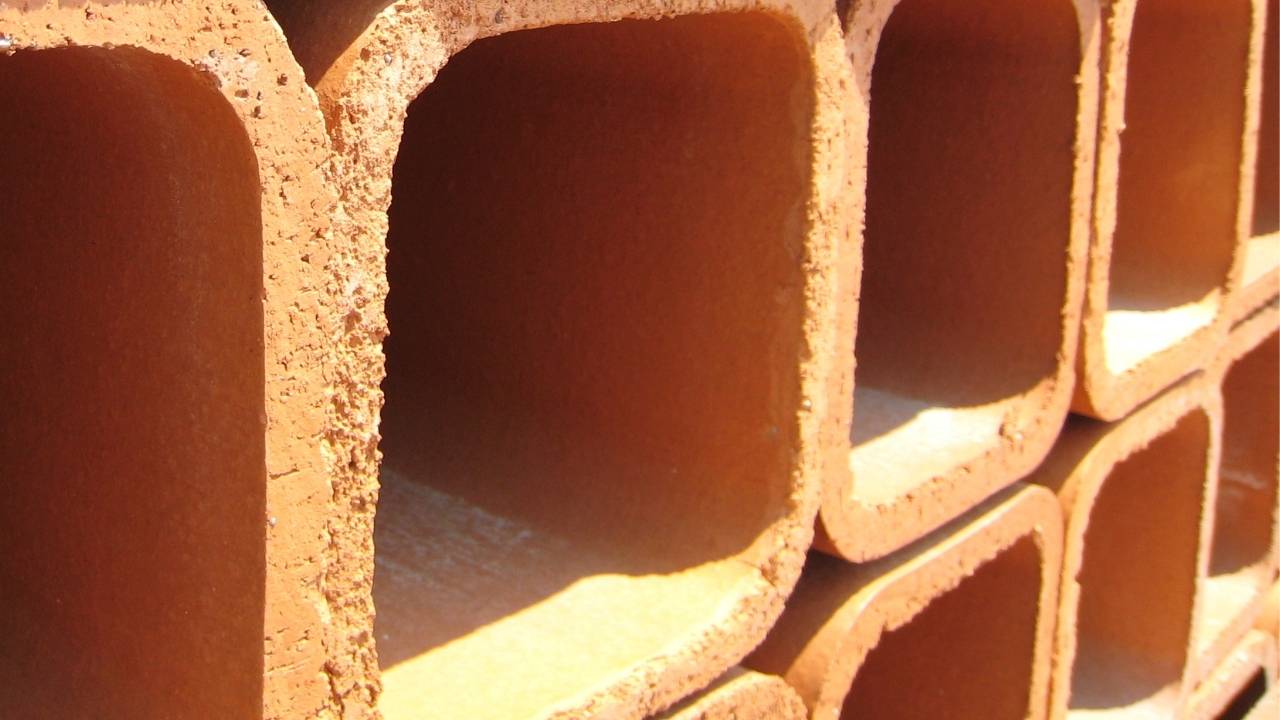
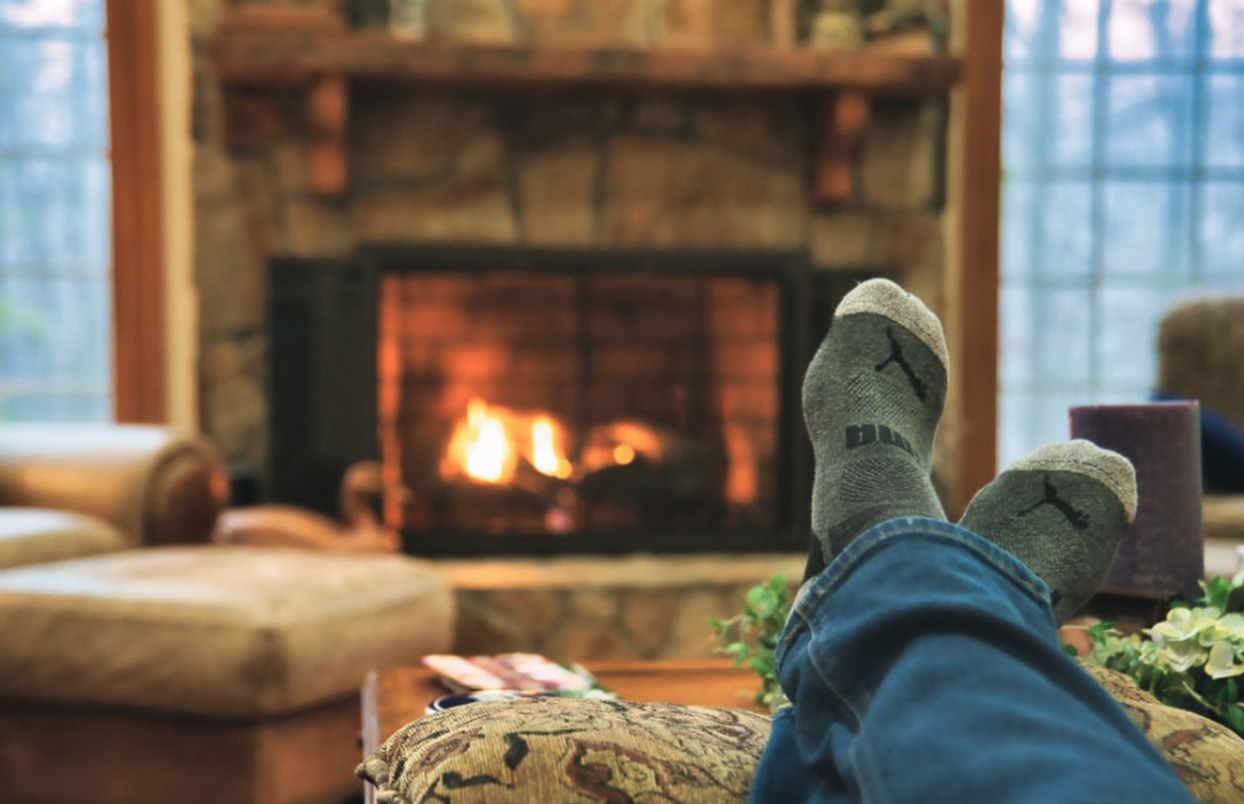
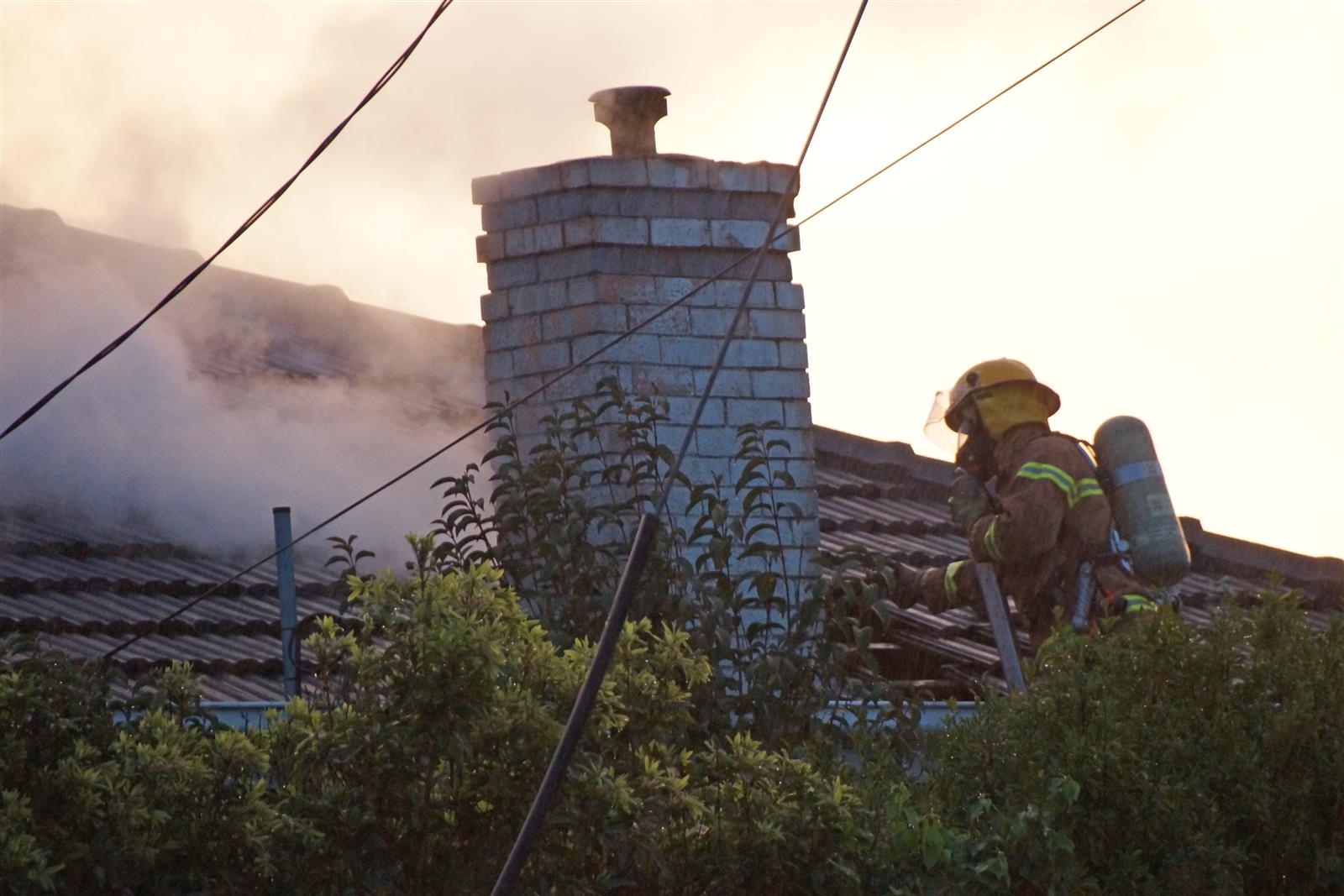
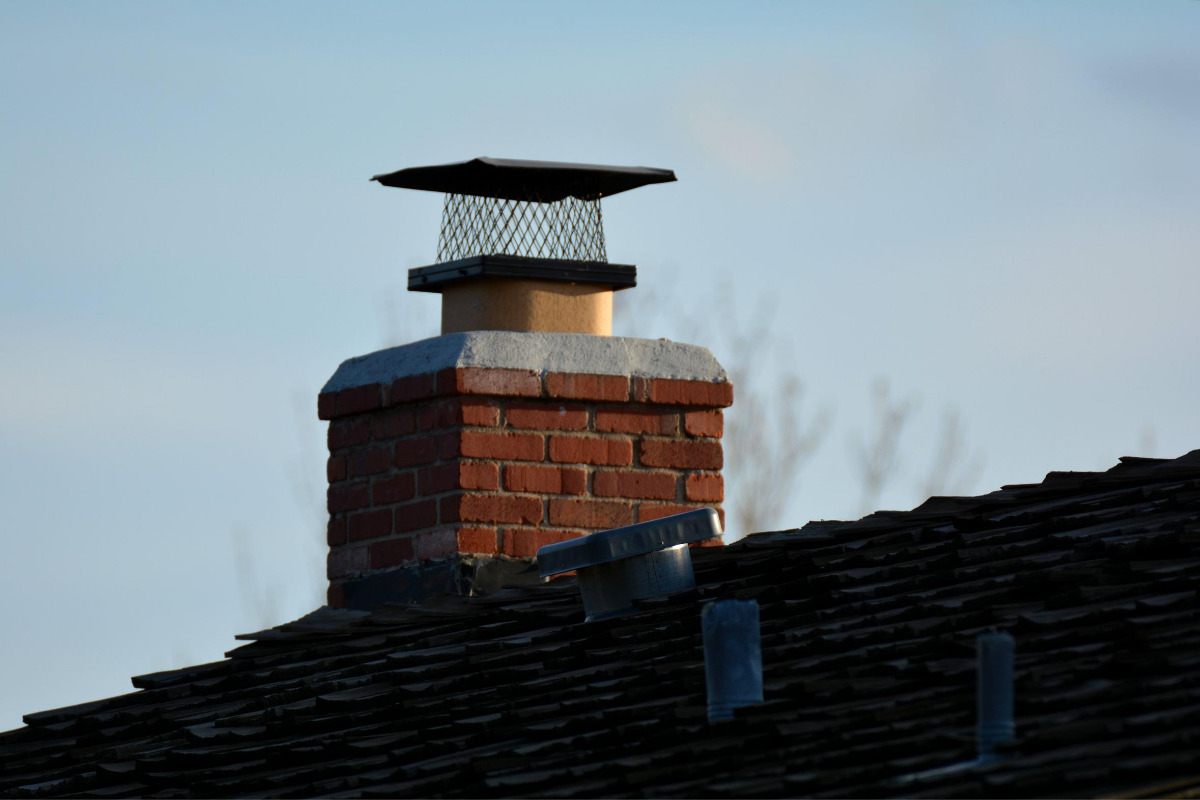
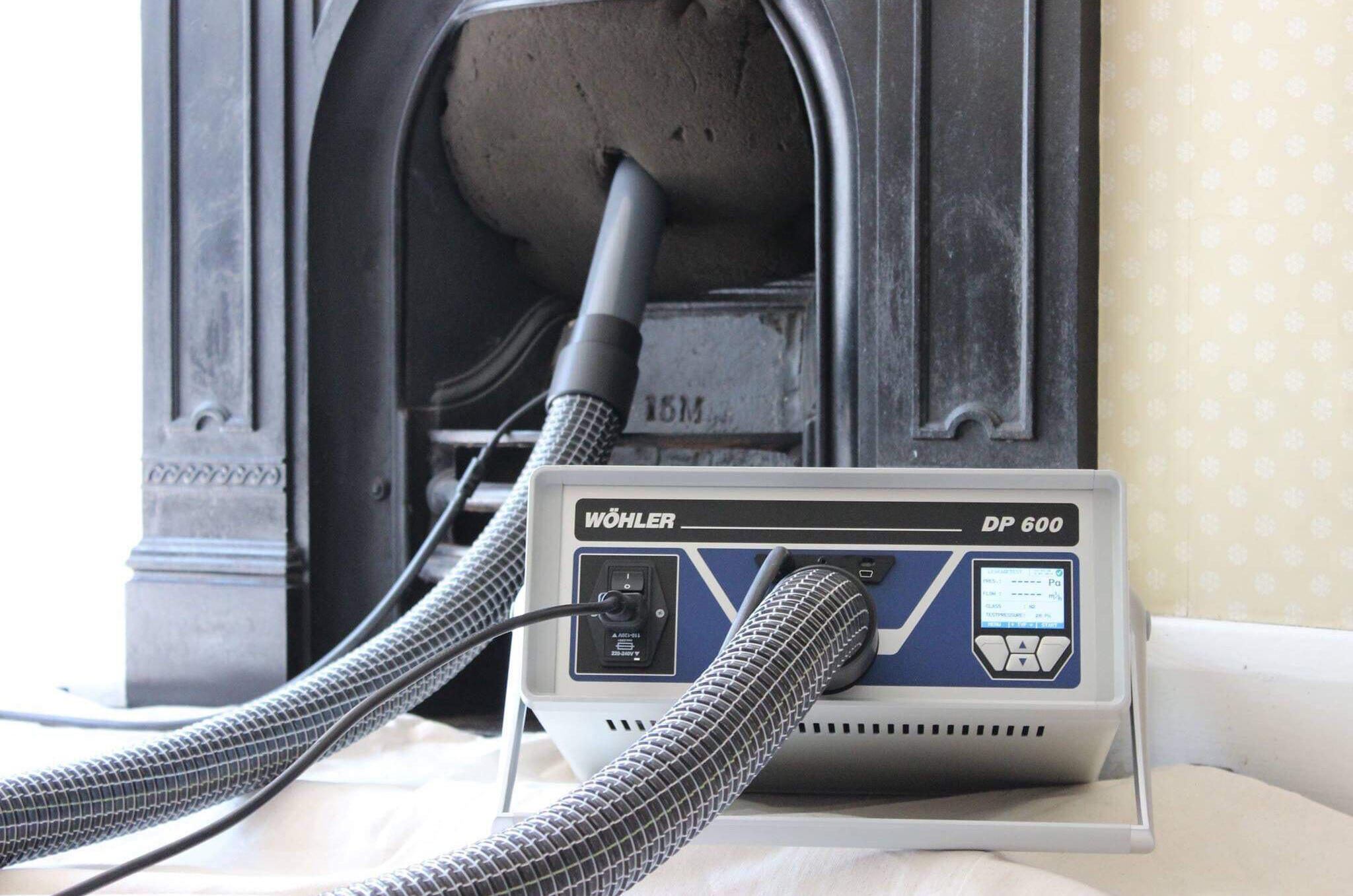
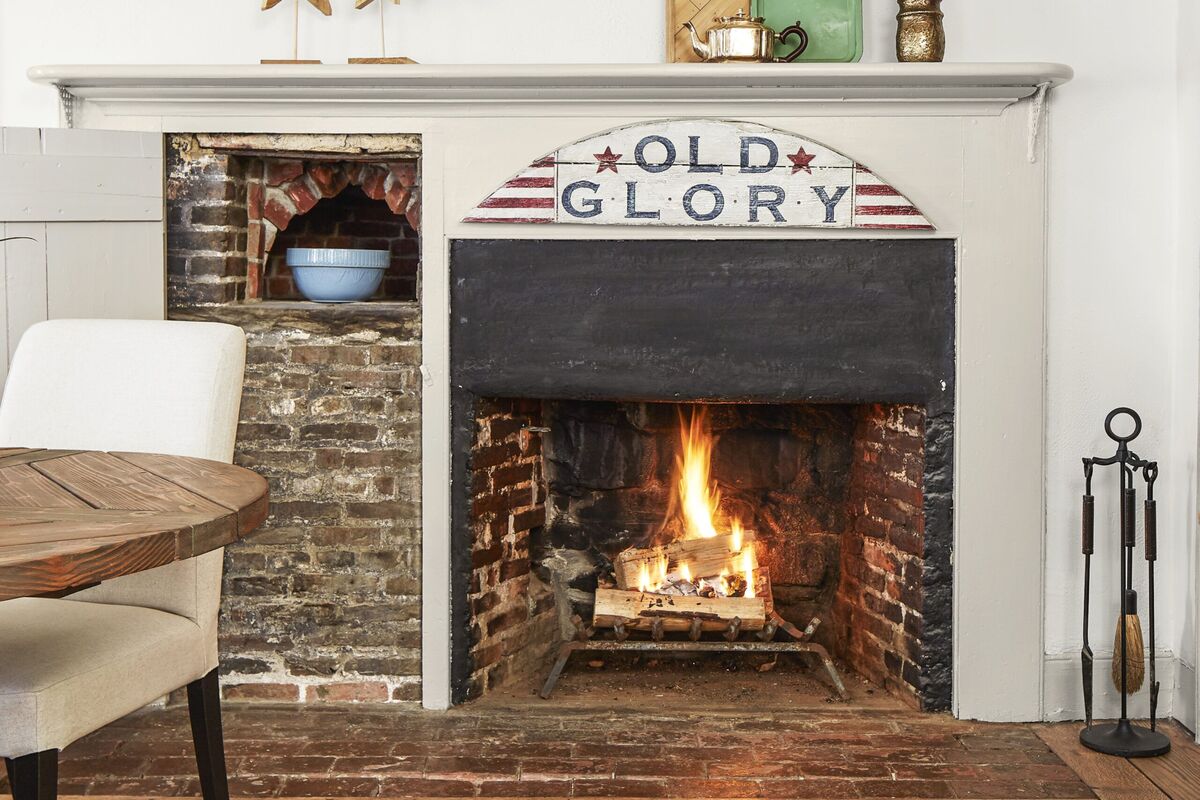
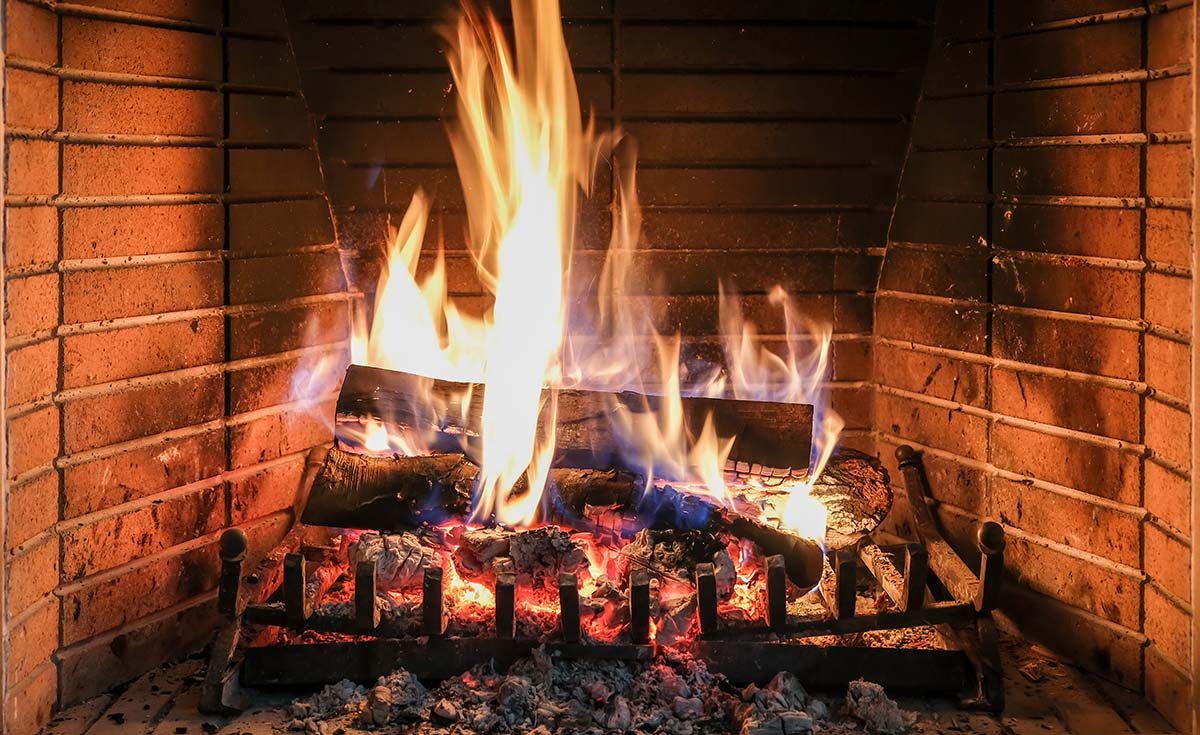
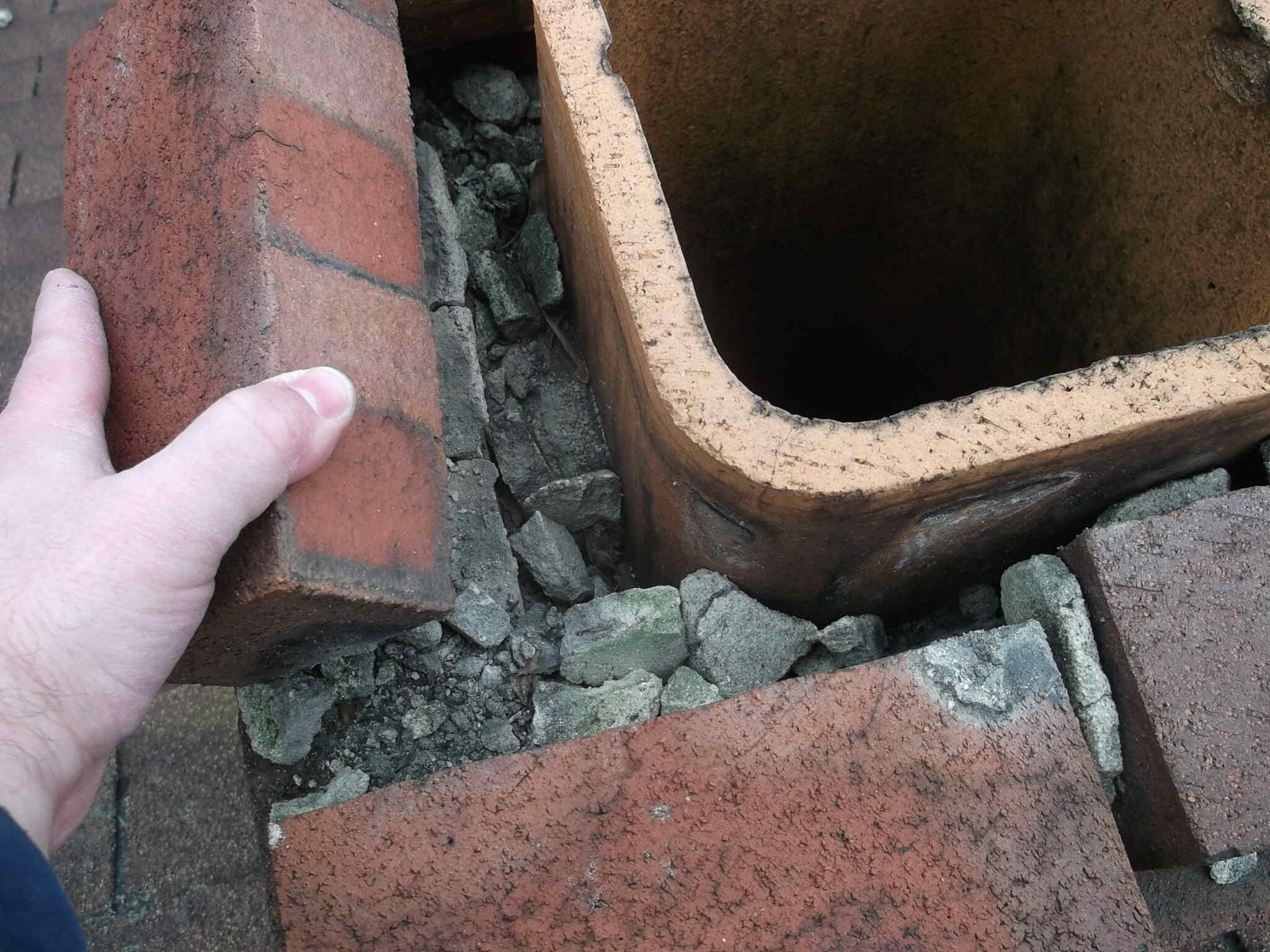
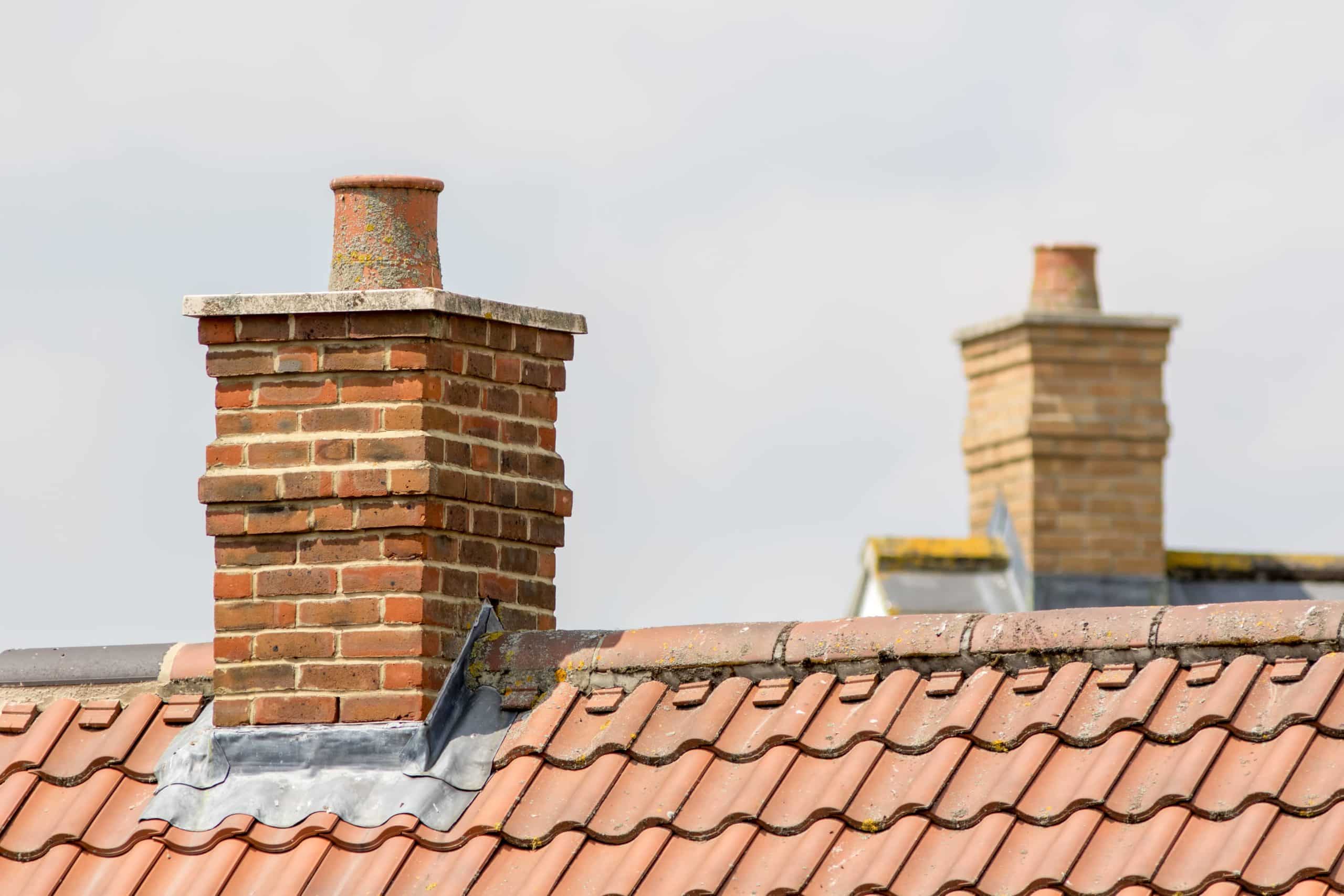
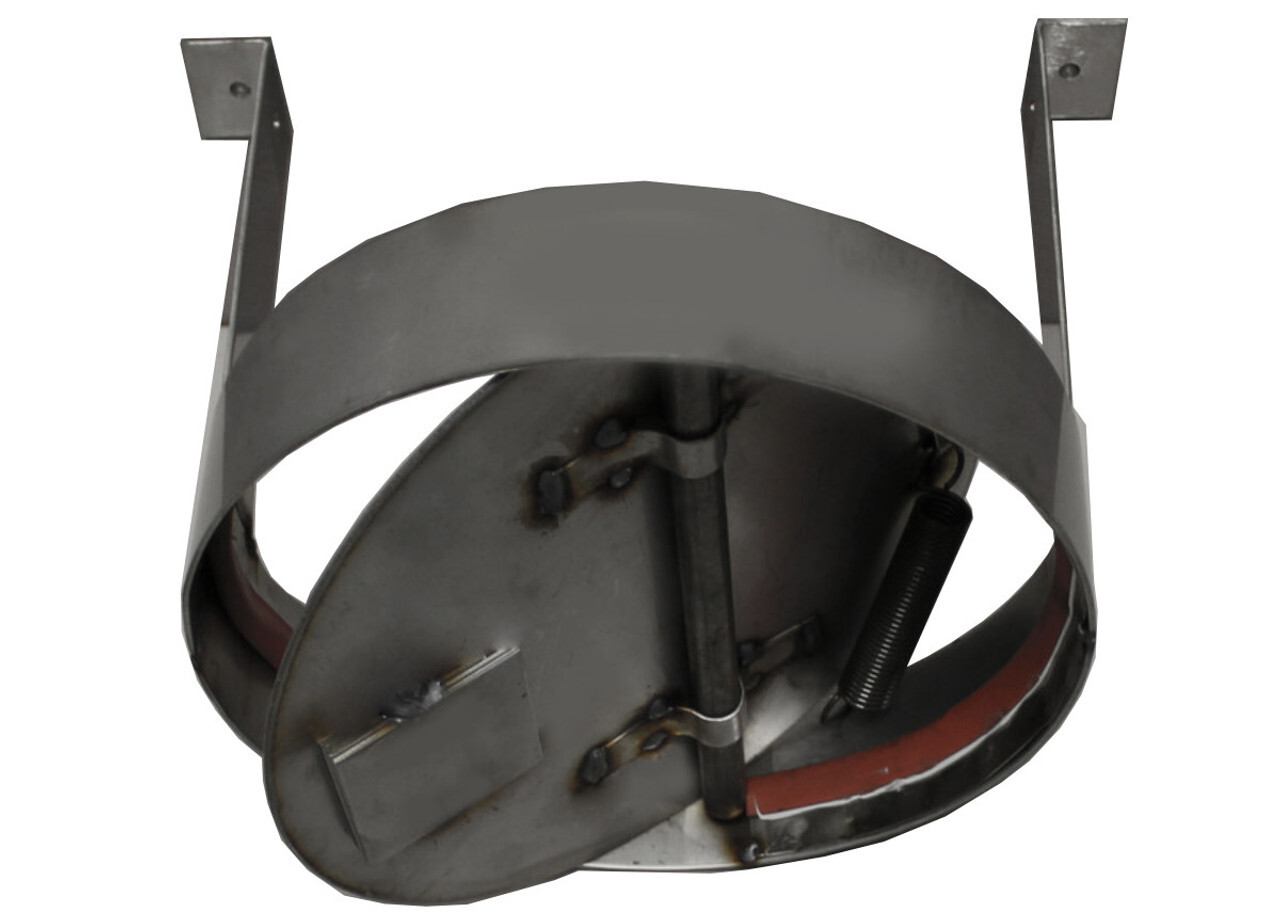
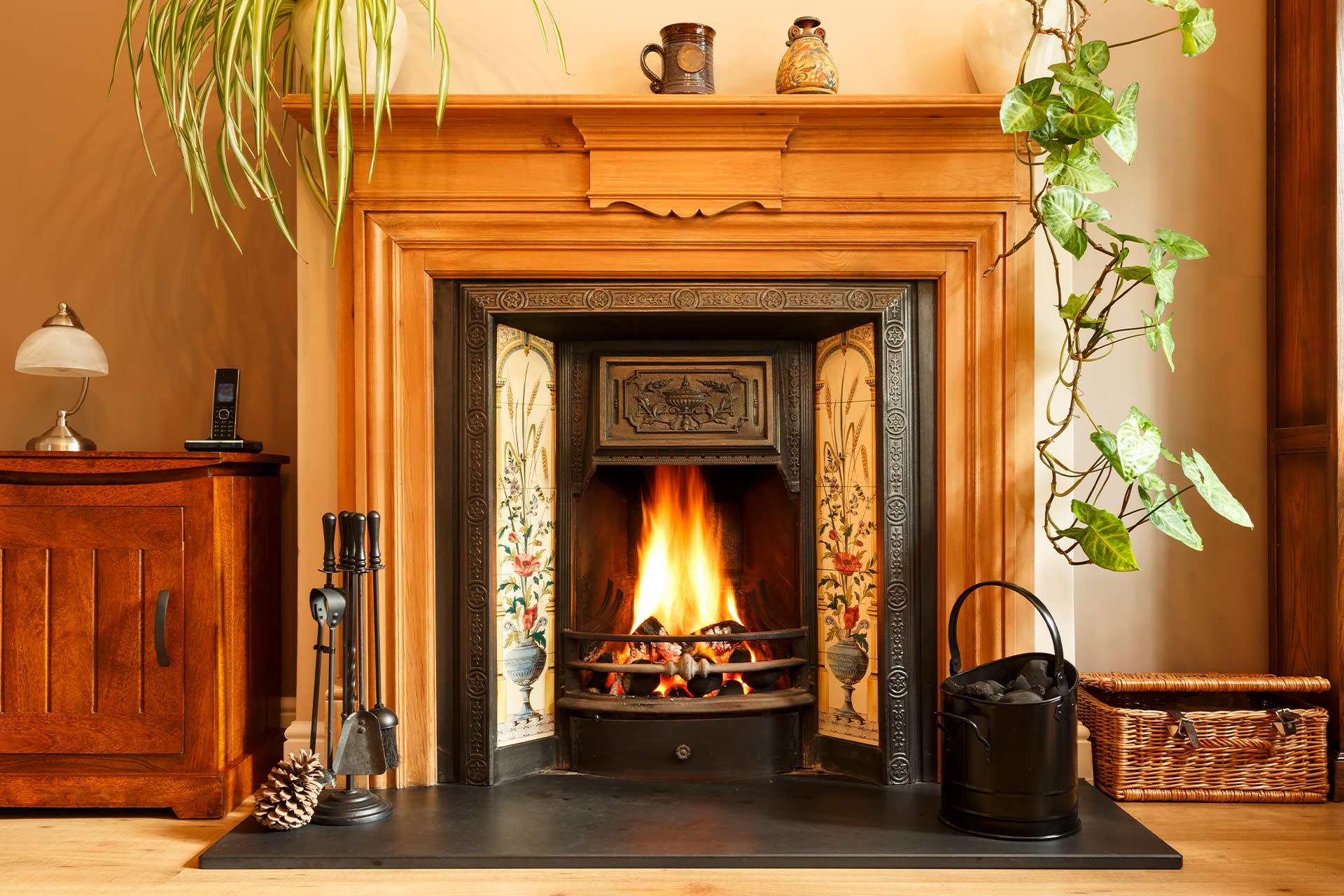
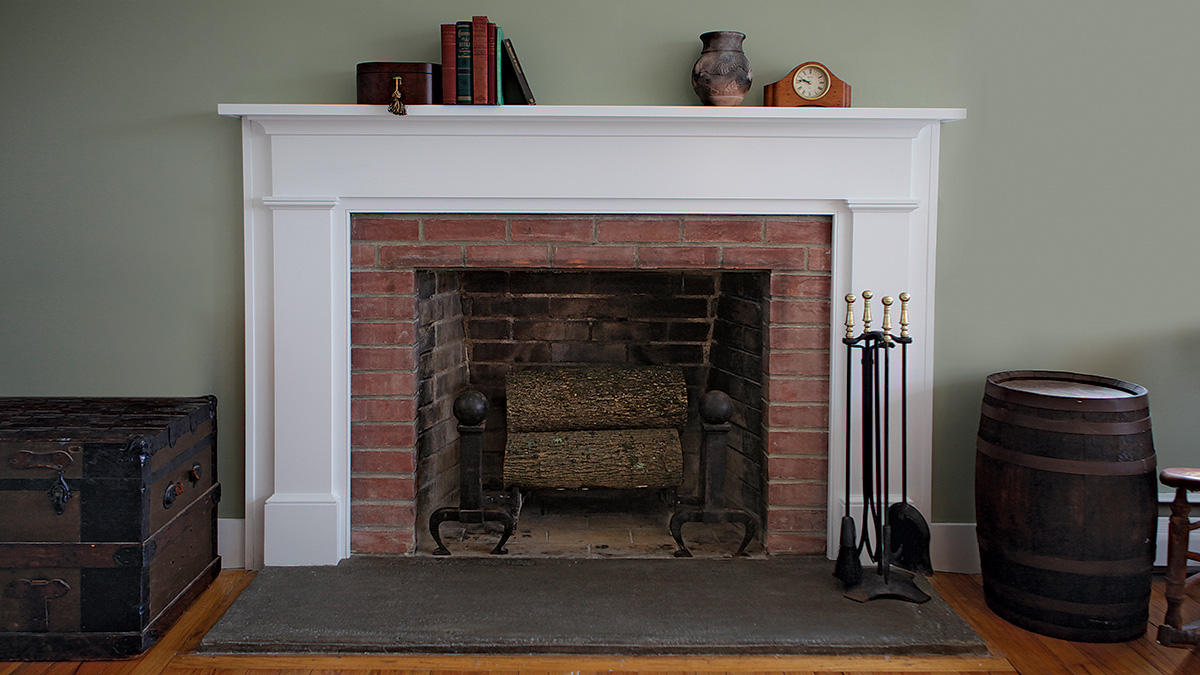



0 thoughts on “What Is A Flue On A Fireplace”